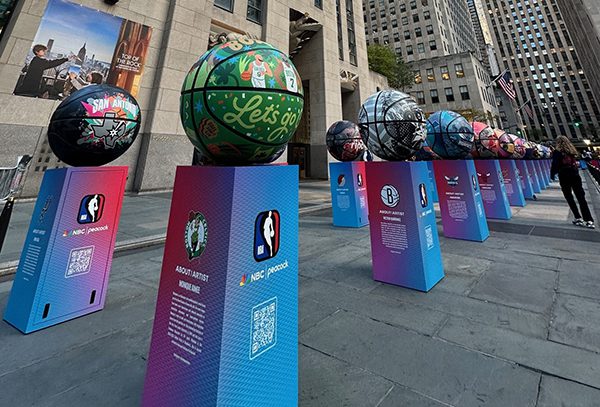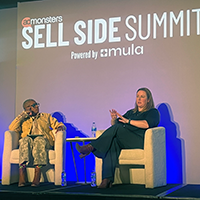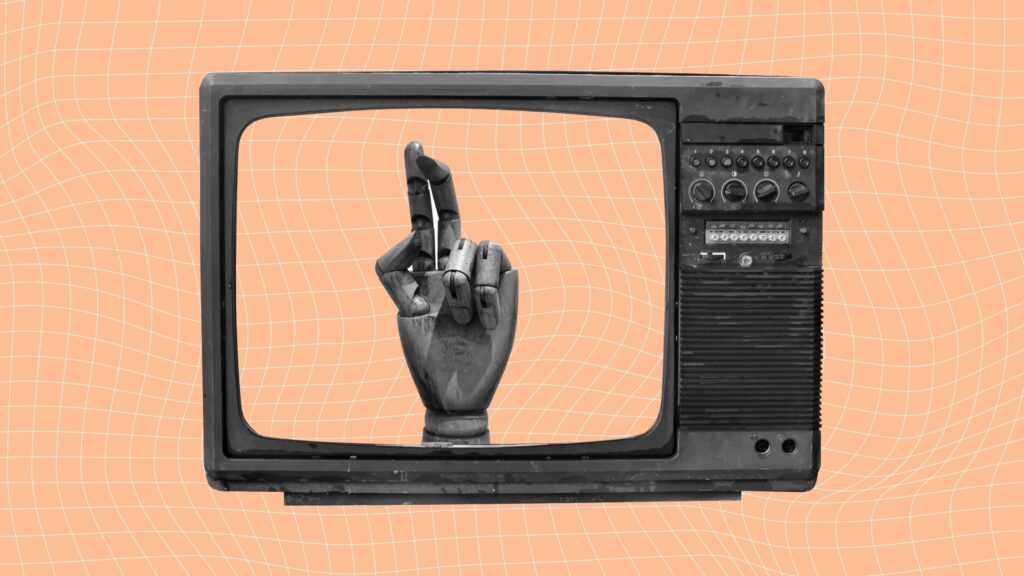It’s ironic that your phone doesn’t even need to ring for the phone company to make money. Billions of dollars, one thin dime at a time.
Consumers worldwide will send $30 billion worth of text messages this year and about $47 billion in 2008. That’s how Ovum, a U.K.-based telecom and technology consultancy, figures it.
AT&T Wireless is tallying up text messaging, too. Its impressive performance with American Idol text-voting — our cover story and EMMA Best Overall winner — was just the beginning. But what a beginning: 7.5 million messages during the promo, as many as 2,300 votes per second. Now AT&T Wireless is pitching packaged goods brands and Hollywood studios on text marketing. And AT&T’s own phones are ringing, too, with brand managers eager to turn phone screens into one-on-one ad boards.
But marketing is a mere fraction of text messaging today: Most messages are between friends. “It’s the way people pass notes now,” says Jeremy Pemble, AT&T Wireless VP-public relations. “Like we passed paper notes in high school.”
Of course, today’s high school lay-abouts have to pay for texting — 10 cents per snide comment or clever retort. But then, passing paper notes wasn’t free, either. The cost back then was psychological. Get caught palming a note during class and you may have to read it aloud. Notes tucked into locker vents could be stolen, lost or shoved up the wrong locker.
I was unusually wary of passing paper scraps in high school. Blame my second-grade teacher and her Christmas Holiday Hunt.
Sister Damien (yes, I swear) was morbidly strict, but she loosened up a little when the priests stopped by like Roman-collared Santas and passed out goody bags the afternoon before Christmas break. There were tiny toys and cardboard puzzles and someone passed a note that brought our quiet revelry up short. It was a crude drawing of Sister Damien and a cowering kid whose mouth balloon simpered or screamed — it’s hard to tell with block printing — “No, Sister.” The stick-figure nun held a stick-figure ping-pong paddle. (The real one perched on our chalkboard ledge.) This cartoon verite ticked her off, and the hunt for the culprit was on.
We sat in alphabetical order; the note was found near the last two rows between Peter S., me, Amy Y. and Jon Z. Peter S. was a known hooligan; he had older brothers. (I had older brothers too, but I was a known goody-goody.) Sister Damien grilled us individually, then had us each write “No, Sister” for thorough handwriting comparison. It was second grade: All our printing looked alike.
Our “party hour” ticked away. The final bell rang; we were not dismissed. Sister Damien said we would stay until the malefactor confessed. It was an interminable five minutes before Michael B. shambled to the front of the room for a paddling. We gasped. He was Sister Damien’s favorite. He was also an unlikely suspect, sitting at the front of the alphabet in the opposite corner of the room. But he was slung over her lap and the paddle was poised before this dawned on Sister Damien. She eyed him. He broke down and admitted No, he didn’t really pass the note, but he wanted to go home. Chagrined, she let him go. She let us all go.
Years later, Jon Z. fessed up to me and Amy Y. that he passed the note, but I still have my doubts. He was out to impress Amy Y. that day — and Peter S. still had those older brothers.
Fast-forward to a 1980s newsroom, where the computers — metal behemoths suitable for the Lost in Space set — had a state-of-the-art instant-messaging system. Type in a colleague’s initials, then your progress report, question or gossip, hit Send and it flashed up on a screen across the room (but not across the country). It was the Grapevine; everyone knew the CEO’s password to access the full queue. We gossiped, we joked, we occasionally used the queue for real work — and we spent hours erasing sensitive messages before they spread too far on the Grapevine. A little fear of Sister Damien goes a long way.
So now school kids and bored office workers have text messaging instead — more private, perhaps, but just as banal. There are no new dalliances, just new delivery mechanisms.
And lots and lots of dimes.





